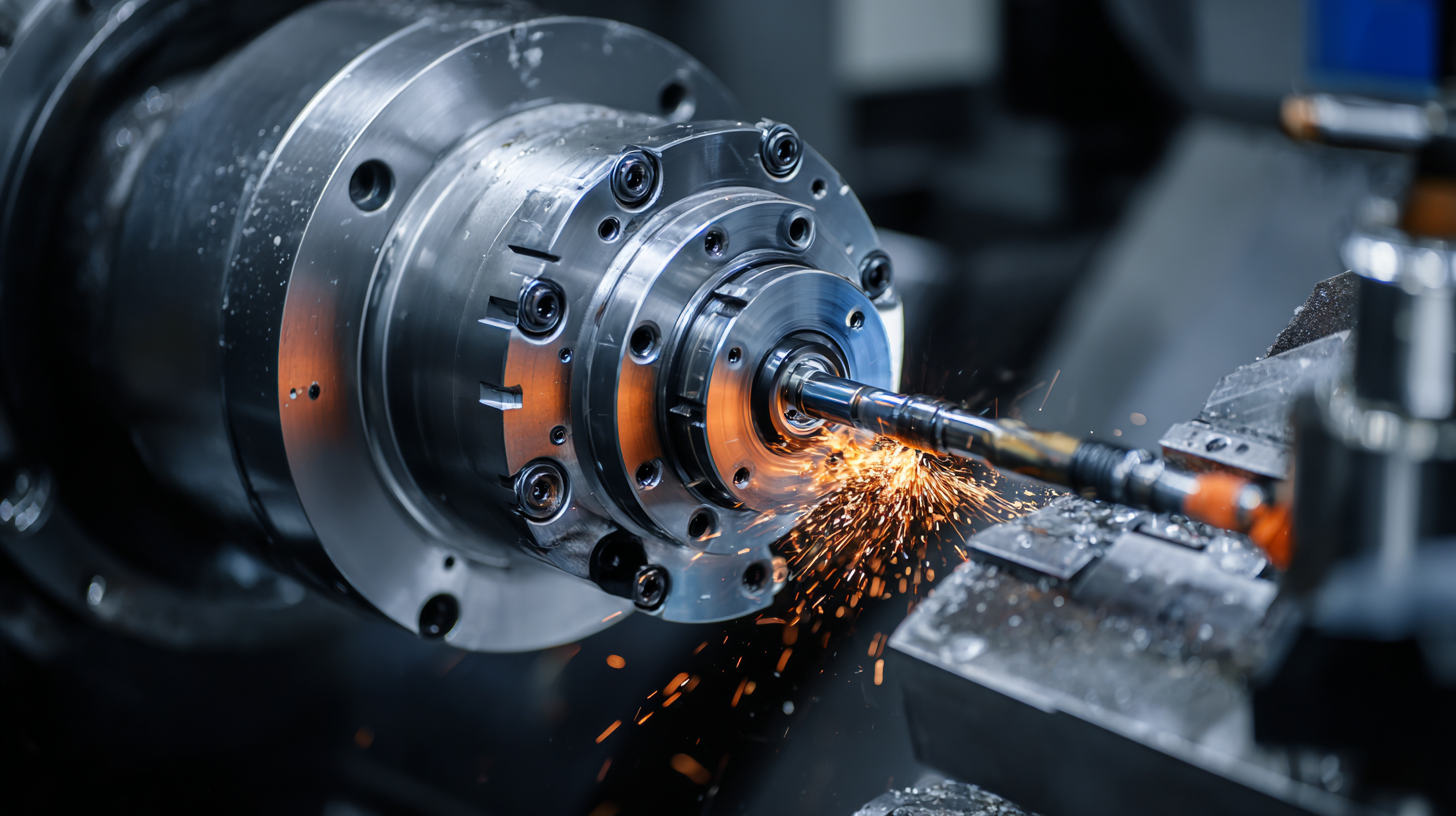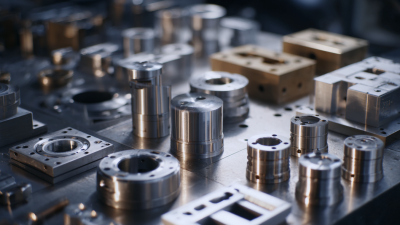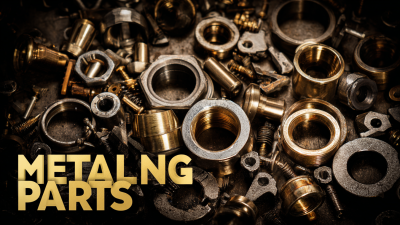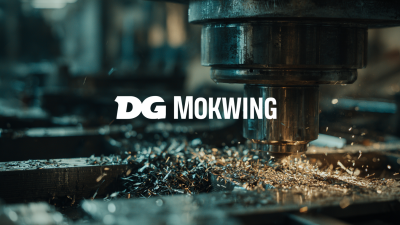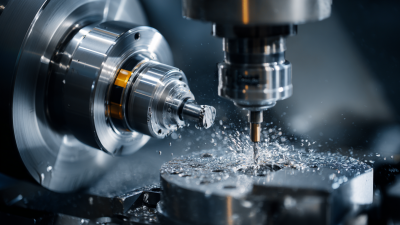
- sales@bjbod.com
- Mon - Sat at 7:00AM to 9:00PM

In the ever-evolving landscape of manufacturing, optimizing the processing of parts is crucial for enhancing overall efficiency and competitiveness. As companies strive to streamline operations and reduce production waste, it becomes imperative to focus on the various stages involved in the processing of parts. By adopting innovative techniques and leveraging advanced technologies, manufacturers can significantly improve cycle times, reduce costs, and ensure higher quality outputs. This guide aims to explore key strategies and best practices for optimizing the processing of parts, highlighting how effective management and integration of resources can lead to substantial gains in productivity and profitability.
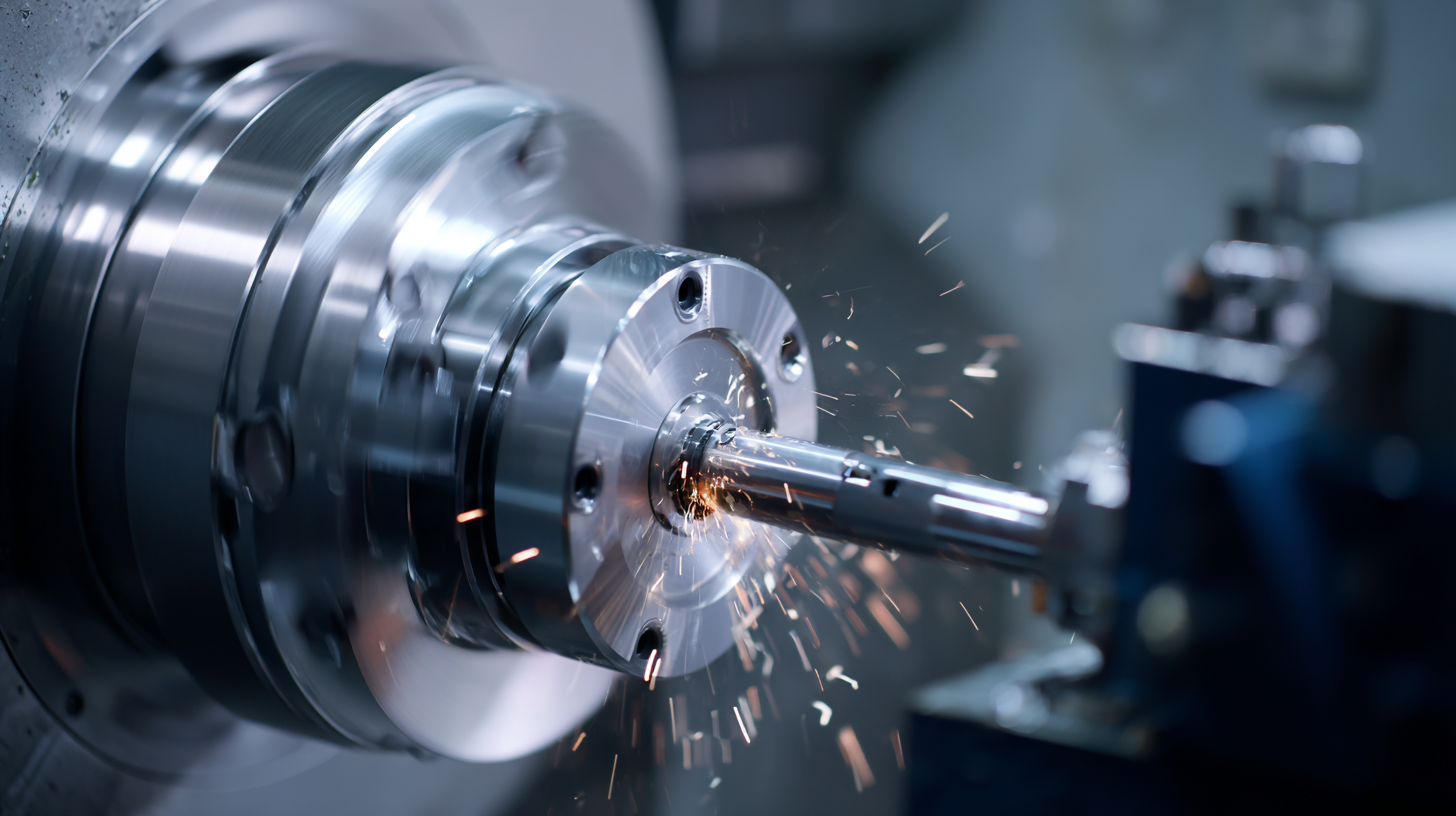
Join us as we delve into the intricate details of this vital aspect of manufacturing, providing you with actionable insights to elevate your production processes to new heights.
In today’s rapidly evolving manufacturing landscape, data-driven decision-making has emerged as a cornerstone for optimizing operations. The integration of predictive analytics not only allows manufacturers to enhance efficiency but also to adapt to the complexities of global markets. Research indicates that the predictive analytics market is projected to grow significantly, with expected expansion reaching a substantial size by 2032. This growth underscores the increasing reliance on data to inform strategic decisions and drive performance improvements across various segments, including manufacturing.
Implementing effective data strategies is essential for organizations aiming for digital transformation. One critical approach involves leveraging cloud-based solutions, which provide scalable access to analytics tools and resources. In fact, over 70% of enterprises are estimated to adopt cloud deployment in the coming years, pointing toward a clear trend in the industry.
**Tips for Optimization:**
1. Invest in training for your team to effectively utilize data analytics tools, ensuring they can interpret data to inform decisions.
2. Regularly evaluate the data sources and frameworks used in predictive analytics to maintain accuracy and relevancy in the insights provided.
3. Foster a culture of data-driven thinking across departments to ensure comprehensive engagement in the digital transformation journey.
In today’s manufacturing landscape, leveraging advanced technologies for parts processing is paramount to achieving operational efficiency. According to a report by the McKinsey Global Institute, manufacturers that adopt Industry 4.0 technologies can experience productivity increases of up to 30%. This significant uplift is primarily driven by automation, robotics, and artificial intelligence, which streamline production processes and reduce downtime. For instance, the deployment of smart sensors in machinery allows for real-time monitoring, predicting equipment failures before they occur, thus minimizing costly interruptions.
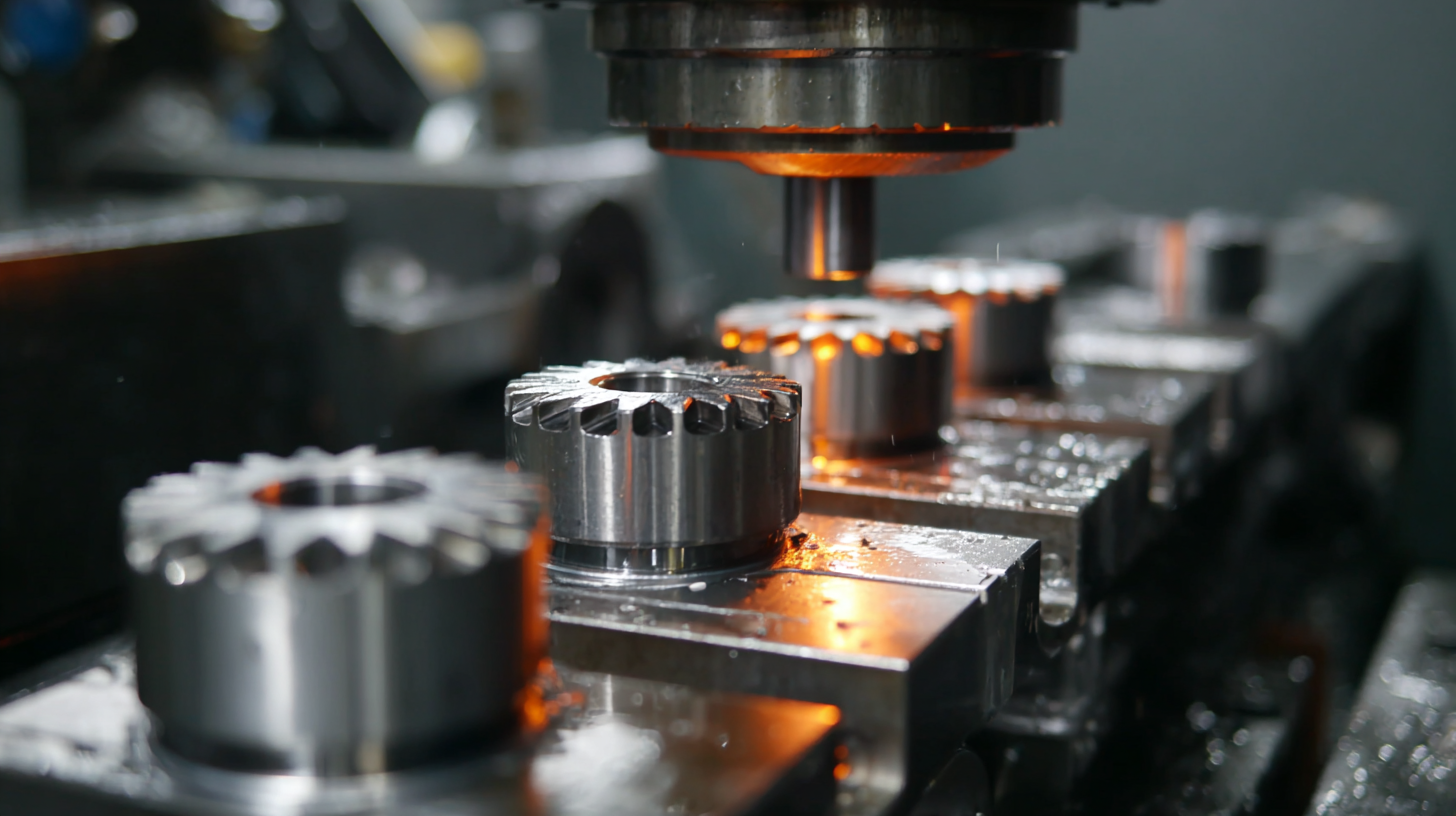
Moreover, integrating additive manufacturing and 3D printing into traditional processes can further enhance efficiency. A study by Gartner indicates that organizations using additive manufacturing see a reduction of up to 40% in material waste and a decrease in lead times of approximately 50%. This is achieved through the ability to produce complex parts on-demand, reducing the need for extensive inventory management. As manufacturers continue to adopt these advanced technologies, they position themselves not only to enhance parts processing efficiency but also to remain competitive in an increasingly automated industry.
Key performance indicators (KPIs) are essential tools for measuring manufacturing efficiency and guiding optimization efforts. By tracking specific metrics, manufacturers can identify bottlenecks in their processes and assess overall productivity. Common KPIs in manufacturing include cycle time, Overall Equipment Effectiveness (OEE), and defect rates. These indicators provide insights into how well production resources are utilized and pinpoint areas for improvement.
To enhance manufacturing efficiency, organizations must first establish clear benchmarks using these KPIs. For instance, monitoring cycle time helps in understanding how quickly parts are produced with respect to planned schedules. Analyzing OEE can reveal whether machines are running optimally or if downtime is impacting output. Additionally, keeping a close eye on defect rates allows manufacturers to implement quality control measures, ultimately reducing waste and increasing profitability. By systematically reviewing these KPIs, manufacturers can make data-driven decisions that lead to improved efficiencies and reduced production costs.
In various industries, the optimization of parts processing is crucial for enhancing manufacturing efficiency. For instance, a case study in the automotive sector highlighted how Ford's implementation of advanced data analytics and real-time monitoring led to a 20% reduction in cycle times for production lines. According to a report by the International Journal of Production Research, manufacturers who adopted similar optimization strategies reported up to a 30% increase in productivity, showcasing the significant role of technology in parts processing.
Moreover, in the aerospace industry, Boeing demonstrated substantial improvements in parts optimization through the use of additive manufacturing technologies. By leveraging 3D printing, Boeing reduced the weight of their aircraft components by approximately 10%, leading to both fuel savings and improved overall performance. A study by Deloitte indicated that industries embracing such modern techniques are poised to achieve cost reductions of around 15% while simultaneously enhancing product quality, indicating that the integration of innovation is vital for future competitiveness in manufacturing.
The future of parts processing and manufacturing automation is poised for transformative growth, driven largely by advancements in artificial intelligence and robotics. As the industry evolves, AI-powered robots are increasingly becoming central to improving manufacturing efficiency. Recent reports suggest that the AI robotics sector is on the rise, with significant investments and innovations emerging. For instance, the automated treatment furnace market is expected to grow from $594.29 million in 2024 to $664.13 million by 2032, reflecting a compound annual growth rate amid increasing demand for smart manufacturing solutions.
Moreover, companies specializing in automation components are seeing a surge in value and market presence. One notable example is a leading supplier on track to achieve a market value of $40 billion by optimizing its supply chain management systems to cater to sectors like renewable energy and telecommunications. As traditional machining tools evolve with these technologies, industries are witnessing a shift in productivity capabilities, particularly in high-demand fields such as semiconductor manufacturing and precision control systems. It's clear that embracing automation and AI is not just a trend but a necessity for manufacturers looking to enhance efficiency and remain competitive.
